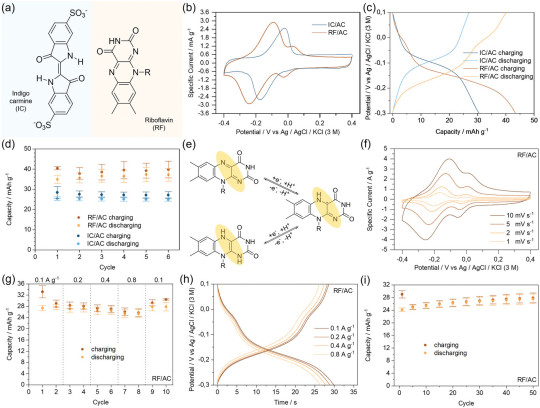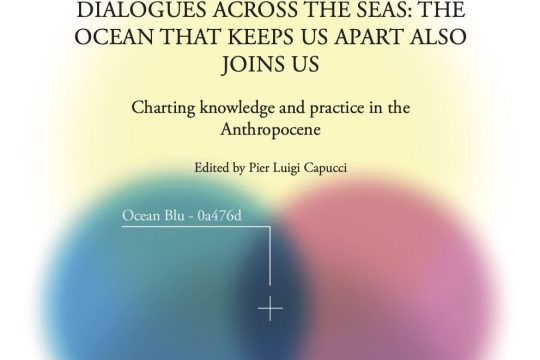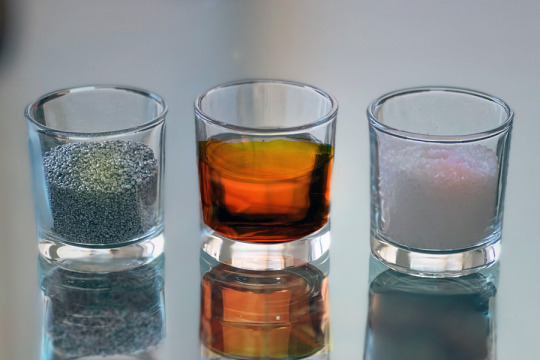FiveWordsForTheFuture enquiries into the world that will be, taking a closer look at the future. http://fivewordsforthefuture.eu
Don't wanna be here? Send us removal request.
Text
Giacomo Verde non esiste
Italiano [English below] Giacomo Verde (1956-2020) è stato uno dei protagonisti della videoarte, dell’arte digitale e interattiva e del videoteatro in Italia. Nel 2014 Giacomo ha partecipato con una videointervista a fivewordsforthefuture, progetto nato da una serie di riflessioni sul futuro, originato da Noema con lo scopo di aiutare a riconoscere e capire ciò che è “nuovo”, l’innovazione, e…
0 notes
Text
Noema. Uno sguardo lungo 25 anni / Noema. A look spanning 25 years
Italiano [English below] Oggi, 13 Marzo 2025, Noema compie 25 anni (2000-2025). Un quarto di secolo è un periodo di tempo importante, così abbiamo pubblicato questo eBook. È in italiano, a breve uscirà anche l’edizione inglese. La pubblicazione traccia la storia di Noema, magazine che nel 2025 compie 25 anni (2000-2025). Noema (nóēma, dal greco νόημα, “pensiero”, “concetto”, “idea”) è uno dei…
0 notes
Text
Australian startup Cortical Labs unveils 'world’s first' commercial biological computer
Biological computing startup Cortical Labs has launched CL1, what it is calling the world’s first commercial biological computer. The technology combines “lab-cultivated neurons from human stem cells” with silicon to create what the company says is a “more advanced and sustainable form of AI,” a neural network dubbed Synthetic Biological Intelligence (SBI). According to Australia-based Cortical…
0 notes
Text
Interview with Elena Giulia Rossi
Elena Giulia Rossi live and works in Rome as a researcher, a Professor of Theories of Multimedia Arts, and Editorial Director of the online editorial platform Arshake. Reinvening Technology. After living, studying and working in Chicago for three years (1999-2002), she returned to Italy to further her research in contemporary art, where her interests have led her into transversal and…
0 notes
Text
Scientists Make ‘Cyborg Worms’ with a Brain Guided by AI
Scientists have given artificial intelligence a direct line into the nervous systems of millimeter-long worms, letting it guide the creatures to a tasty target—and demonstrating intriguing brain-AI collaboration. They trained the AI with a methodology called deep-reinforcement learning; the same is used to help AI players learn to master games such as Go. An artificial neural network, software…
0 notes
Text
Dialogues across the Seas. The Ocean that keeps us apart also joins us. Charting knowledge and practice in the Anthropocene – 2nd edition
Is now out the second English edition of the eBook Dialogues across the Seas. The Ocean that keeps us apart also joins us. Charting knowledge and practice in the Anthropocene. This second edition is updated and is enriched by the contributions of new authors. Texts by Pasha Ian Clothier, Nina Czegledy, Roberta Buiani, Pier Luigi Capucci, Enzo Guarnieri, Tracey M. Benson, Freddy Paul Grunert,…
0 notes
Text
Five Words for the Future Workshop
On February 22 and 23 the “Five Words for the Future Workshop” took place in Rome, with Derrick de Kerckhove and Pier Luigi Capucci, curated by Gianna Angelini with the students of AANT – Accademia delle Arti e Nuove Tecnologie. The workshop aimed to compare the visions of the future of the academy’s students (a human perspective) with those of two Generative Artificial Intelligences: ChatGPT…
0 notes
Text
Five Words for the Future Workshop
On February 22 and 23 the “Five Words for the Future Workshop” took place in Rome, with Derrick de Kerckhove and Pier Luigi Capucci, curated by Gianna Angelini with the students of AANT – Accademia delle Arti e Nuove Tecnologie. The workshop aimed to compare the visions of the future of the academy’s students (a human perspective) with those of two Generative Artificial Intelligences: ChatGPT and…
#AANT#art science technology#artificial intelligence#education#five words for the future#fivewordsforthefuture
0 notes
Text
Cerebras unveils “world’s fastest” AI chip
Cerebras Systems has announced the creation of the world’s “fastest” AI chip. The Wafer Scale Engine 3 (WSE-3) has been purpose-built to train the largest AI models up to ten-times larger than GPT-4 and Gemini. The chip contains 4 trillion transistors, each of which is just 5nm in size. “When we started on this journey eight years ago, everyone said wafer-scale processors were a pipe dream,” said…

View On WordPress
0 notes
Text
Interview with Kerstin Borchhardt
Kerstin Borchhardt is an Associate Professor at the Institute of History and Theory of Art at Catholic Private University Linz. She has worked as a postdoc and lecturer at several German Universities and was a cooperating partner at UNAM in Mexico City. Her research interests include hybrid creatures, posthumanism, and the relationship of art, science, and popular culture. She has published…

View On WordPress
0 notes
Text
Titanic robots make farming more sustainable
There’s a lot riding on farmers’ ability to fight weeds, which can strangle crops and destroy yields. To protect crops, farmers have two options: They can spray herbicides that pollute the environment and harm human health, or they can hire more workers. Unfortunately, both choices are becoming less tenable. Herbicide resistance is a growing problem in crops around the world, while widespread…

View On WordPress
0 notes
Text
Using mycelium to create a self-healing wearable leather-like material
A pair of biotechnologists at Newcastle University, working with a colleague from Northumbria University, all in the U.K., have developed a way to use mycelium to create a self-healing wearable material. In their paper published in the journal Advanced Functional Materials, Elise Elsacker, Martyn Dade-Robertson and Meng Zhang, describe their process and how well it worked when tested. Mycelium is…

View On WordPress
62 notes
·
View notes
Text
An Edible Rechargeable Battery
Edible electronics is a growing field that aims to produce digestible devices using only food ingredients and additives, thus addressing many of the shortcomings of ingestible electronic devices. Edible electronic devices will have major implications for gastrointestinal tract monitoring, therapeutics, as well as rapid food quality monitoring. Recent research has demonstrated the feasibility of…

View On WordPress
0 notes
Text
Interview with Claudia Schnugg
Interview with Claudia Schnugg
Dr. Claudia Schnugg is artscience scholar and curator. She holds a PhD in social and economic sciences with an additional focus on cultural sciences and media arts. Her ongoing practice in the field of art and science is twofold: as scholar she is researching artscience collaborations, investigating effects and impact of such art-science exchange on actors, organizations involved and the…

View On WordPress
0 notes
Text
Dialogues across the seas: the ocean that keeps us apart also joins us. Charting knowledge and practice in the Anthropocene
Dialogues across the seas: the ocean that keeps us apart also joins us. Charting knowledge and practice in the Anthropocene
This publication is about two events on the impact of the climate crisis on the seas and the marine environments. The first one was entitled “From the Mediterranean to the Pacific. Dialogues across the seas”, and took place on July 27-28, 2018, in Cervia, a coastal city nearby Ravenna where the Po Valley ends in the northern Adriatic Sea. Cervia is located in one of the most critical areas at…

View On WordPress
0 notes
Text
HumanitTies and Artificial Intelligence
HumanitTies and Artificial Intelligence
HumaniTies and Artificial Intelligence is a digital book of the European Commission on the relationship between Artificial Intelligence and society from different perspectives. The eBook, edited by Freddy Paul Grunert, with Massimo Craglia, Emilia Gómez Gutierrez and Jutta Thielen-del Pozo, presents 45 texts by authors from different humanistic and scientific backgrounds. Texts’ reviewers are…

View On WordPress
0 notes
Text
A new concept for low-cost batteries
A new concept for low-cost batteries
As the world builds out ever larger installations of wind and solar power systems, the need is growing fast for economical, large-scale backup systems to provide power when the sun is down and the air is calm. Today’s lithium-ion batteries are still too expensive for most such applications, and other options such as pumped hydro require specific topography that’s not always available. Now,…

View On WordPress
0 notes